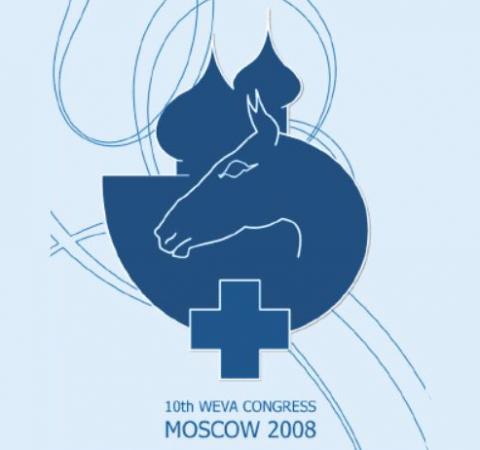Get access to all handy features included in the IVIS website
- Get unlimited access to books, proceedings and journals.
- Get access to a global catalogue of meetings, on-site and online courses, webinars and educational videos.
- Bookmark your favorite articles in My Library for future reading.
- Save future meetings and courses in My Calendar and My e-Learning.
- Ask authors questions and read what others have to say.
Management of the Post-operative Colic Patient
Get access to all handy features included in the IVIS website
- Get unlimited access to books, proceedings and journals.
- Get access to a global catalogue of meetings, on-site and online courses, webinars and educational videos.
- Bookmark your favorite articles in My Library for future reading.
- Save future meetings and courses in My Calendar and My e-Learning.
- Ask authors questions and read what others have to say.
Read
Replacement of fluid losses is generally accomplished before and during colic surgery and in the post operative period the goal of maintenance therapy is to address (i) Sensible losses i.e. urine output, (ii) Insensible losses i.e. faeces and respiratory water loss and (iii) Ongoing losses due to disease i.e. diarrhoea, nasogastric reflux, polyuria, exudate, effusions, haemorrhage etc. Maintenance rates for adult horses are typically estimated at 2 - 3 ml/kg/hour or 40 - 60 ml/kg/day. This must be increased for diarrhoea, reflux etc and modified based on clinical and laboratory findings. Fluids used for maintenance should be isotonic with plasma, but ideally have higher water content, and lower sodium and higher potassium content. In adult horses, Hartmann’s is frequently used in the maintenance phase, although it is not designed for this purpose as its sodium content in higher than desired. It is used in this way because of the convenience and for short term use, provided that renal function is normal, very little problems occur. In horses that appear to have problems with excessive sodium administration, part of their maintenance needs can be delivered as 5% dextrose can be substituted while Hartmann’s is used to provide sodium at around 3 mEq/kg/day. Specific electrolyte disorders can be managed as follows:
Potassium
- Maintain potassium between 3.5 and 5.0 mmol/L
- Always treat low normal potassium or mild hypokalaemia if animal acidotic
- Never infuse at greater than 0.5mmol/kg/hr
- If horse remains hypokalaemia despite aggressive K+ supplementation, supplement Mg2+ unless hypermagnesaemic
Magnesium
- Maintain total magnesium between 0.4 and 0.9mmol/L
- Treat hypomagnesaemia with 4-16mg/kg magnesium sulphate i.v. over 4 hours, reassess and repeat if necessary
Calcium
- Maintain ionized calcium between 0.85 and 1.8mmol/L
- Treat hypocalcaemia with 50-150mls 40% calcium gluconate solution over 2-3 hours
- Evaluate magnesium as may require concurrent treatment
ENDOTOXAEMIA
Endotoxaemia is an important consequence of gastrointestinal disease and it an underlying pathogenic mechanism or risk factor for many of the complications observed in the period following colic surgery. Treatment of endotoxaemia revolves around removal of the cause, circulatory support, neutralisation of circulating endotoxin and inhibition of endotoxininduced inflammation. Intervention at several points of the self-amplifying inflammatory cascade simultaneously is the most rational approach. The flow chart below summarises interventions that are currently available. [...]
Get access to all handy features included in the IVIS website
- Get unlimited access to books, proceedings and journals.
- Get access to a global catalogue of meetings, on-site and online courses, webinars and educational videos.
- Bookmark your favorite articles in My Library for future reading.
- Save future meetings and courses in My Calendar and My e-Learning.
- Ask authors questions and read what others have to say.




Comments (0)
Ask the author
0 comments